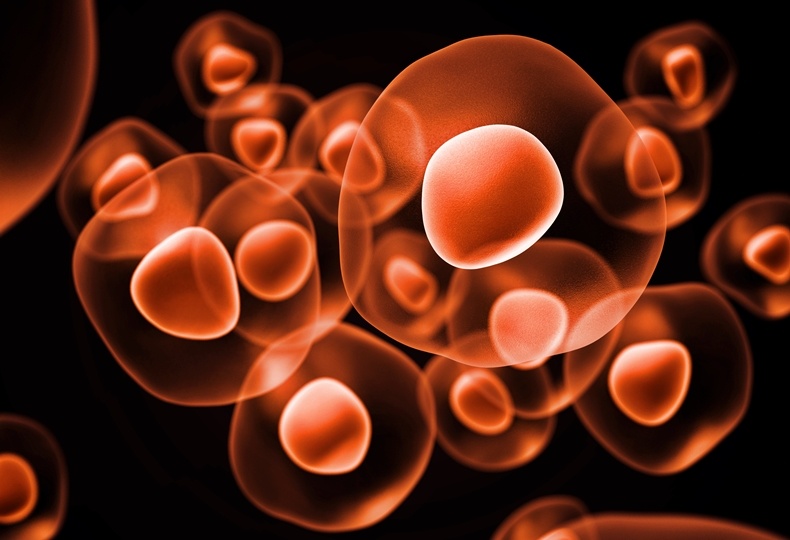
Duke University has just received permission from the United States Food & Drug Authority (FDA) to test a new stem cell therapy on children with neurological conditions. The university will be testing the effectiveness of their stem cell therapy on a range of conditions including autism spectrum disorder, cerebral palsy, Hydrocephalus, Apraxia of speech, Hypoxia ischemia (cerebral), and anoxia.
Doctors are particularly interested about how cord blood therapy may be used to treat cerebral palsy and autism — two conditions which currently have no cure.
Cerebral palsy is a congenital disorder that causes abnormal brain development. It primarily affects a person’s movement and muscle coordination. The symptoms of cerebral palsy include difficultly walking, muscle weakness, speech disorders, learning disabilities, and partial paralysis. The symptoms first reveal themselves during infancy. Cerebral palsy affects about 1 in 400 children.
Autism is a developmental disorder that impairs a person’s ability to communicate and interact with others. The severity of autism can vary greatly. Symptoms include poor eye contact, learning disabilities, an inability to understand emotions, anxiety, and inappropriate social interaction. About 1 in 100 people have a form of autism.
Cord blood therapy uses stem cells found in umbilical cord blood. Umbilical cord blood contains various types of stem cells, including hematopoietic stem cells and multipotent stem cells. The university is obtaining many of the cord blood samples from Cells4Life — one of the leading cord blood banks in the UK and UAE.
It is expected that thousands of children will receive a stem cell therapy from Duke University in the coming years. Researchers are very excited by the possibility of a cure for these debilitating diseases.


